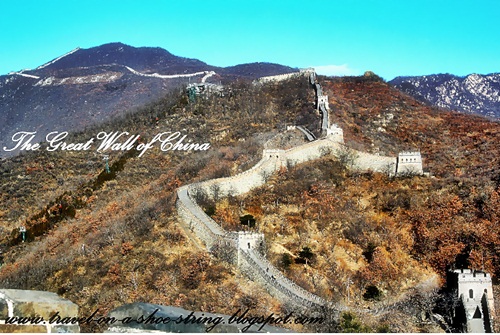The temple complex was constructed from 1406 to 1420 during the reign of the Yong Le Emperor, who was also responsible for the construction of the Forbidden City in Beijing. The complex was extended and renamed Temple of Heaven during the reign of the Jiajing Emperorin the 16th century. The Jiajing Emperor also built three other prominent temples in Beijing, the Temple of Sun in the east (日坛), the Temple of Earth in the north (地坛), and the Temple of Moon in the west (月坛). The Temple of Heaven was renovated in the 18th century under the Qianlong Emperor.
In 1914, Yuan Shih-kai, then President of the Republic of China, performed a Ming prayer ceremony at the temple, as part of an effort to have himself declared Emperor of China.
The Temple of Heaven was inscribed as a UNESCO World Heritage Site in 1998 and was described as "a masterpiece of architecture and landscape design which simply and graphically illustrates a cosmogony of great importance for the evolution of one of the world’s great civilizations..." as the "symbolic layout and design of the Temple of Heaven had a profound influence on architecture and planning in the Far East over many centuries."
The surrounding of the Temple of Heaven is also a very popular park for exercising. If you go to the Temple of Heaven in the early morning, you can see groups of people practicing all types of kung fu and taiji. You can lso practice with them if you are so inclined. This is another good activity for the jetlagged.
The Temple grounds cover 2.73 km² of parkland and comprises three main groups of constructions, all built according to strict philosophical requirements:
The Hall of Prayer for Good Harvests (祈年殿) is a magnificent triple-gabled circular building, 36 metres in diameter and 38 metres tall, built on three levels of marble stone base, where the Emperor prayed for good harvests. The building is completely wooden, with no nails.
The Imperial Vault of Heaven (皇穹宇) is a single-gabled circular building, built on a single level of marble stone base. It is located south of the Hall of Prayer for Good Harvests and resembles it, but is smaller. It is surrounded by a smooth circular wall, the Echo Wall, that can transmit sounds over large distances. The Imperial Vault is connected to the Hall of Prayer by the Vermilion Steps Bridge, a 360 meter long raised walkway that slowly ascends from the Vault to the Hall of Prayer.
Opening Time: 6:00-21:00
Take 6, 20, 39 Buses
Travel Time: 1.5 hours
Entrance Fee: RMB 35


0 comments:
Post a Comment